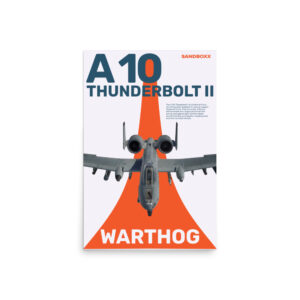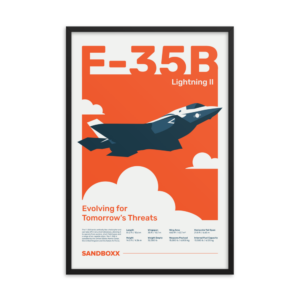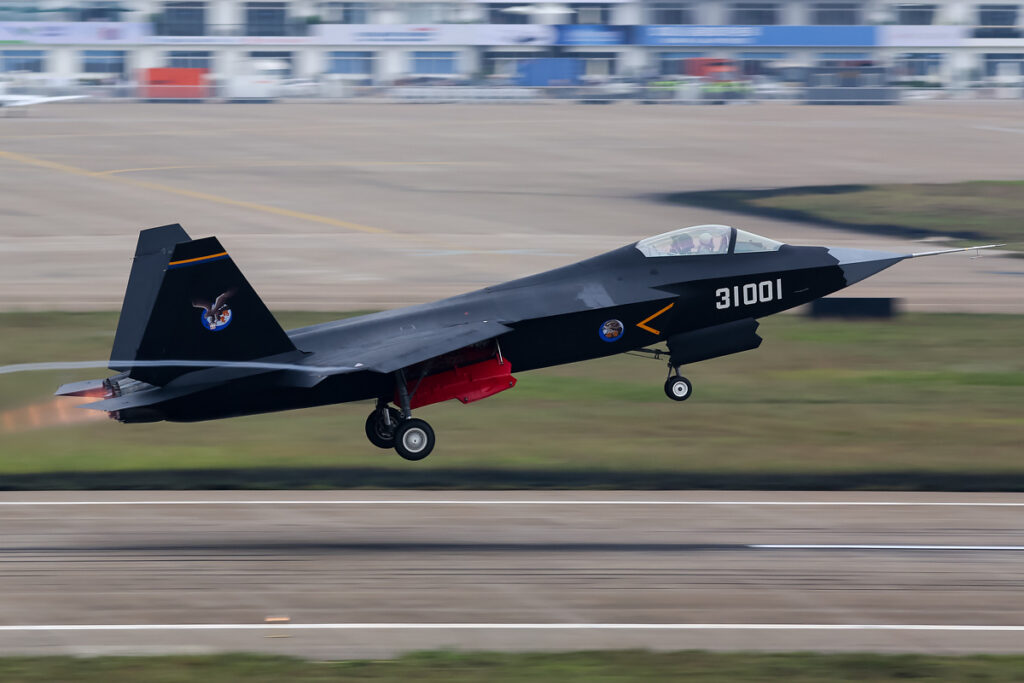Why do some A-10s rock that fearsome shark teeth war paint?
- By Business Insider
Share This Article

This article by Ryan Pickrell was originally published by Business Insider.
There are the ordinary A-10 Thunderbolt II attack aircraft, and then there are what one US Air Force squadron commander called “the coolest looking A-10s.” Those planes are the ones rocking the ferocious shark teeth war paint, he said.
“It’s not just any A-10s that have the shark teeth,” Lt. Col. Matthew Shelly, an experienced A-10 pilot and the commander of the 74th Fighter Squadron, told Insider.
It’s only the 74th and 75th Fighter Squadrons of the 23rd Fighter Group and the 76th Fighter Squadron, once part of the 23rd but now part of a Reserve unit, at Moody Air Force Base that fly with shark’s teeth.
“There are other A-10 units that have nose art, but not the iconic shark face,” he said.
Related: Why do some Air Force fighters have a green star on them?
For instance, the Air Force Reserve’s 442nd Fighter Wing at Whiteman Air Force Base in Missouri gave their A-10s Warthog teeth with tusks in 2015 after an aircraft structural maintenance technician asked, “Why don’t ours have teeth?”
The shark’s mouth paint job for the A-10 is unique to the 74th, 75th, and 76th Fighter Squadrons because the iconic design is directly tied to their history and heritage as the original three “Flying Tigers” squadrons of the 23rd Fighter Group.
Related: Believe it or not, the A-10 can hold its own in a dogfight
P-40s and Flying Tigers
For many of World War II’s combatants, the conflict was something of a golden age for military aircraft art. The designs ranged from teeth to pin-up models to cartoon characters.
The intake on the Curtiss P-40, an Allied fighter and ground-attack aircraft, lent itself to a shark mouth design.
The first P-40s to feature the shark mouth war paint were the British Royal Air Force Tomahawks. The design was later adopted by the Americans and featured on US P-40s, which were known as Warhawks.
For the Americans, the shark art “started in the American Volunteer Group, which eventually became the 23rd Fighter Group,” Shelly said.
Related: This WWII ace scored kills against every Axis country – and a US plane?
The American Volunteer Group, which was commanded by Claire Chennault, is more famously known as the “Flying Tigers.”
The group, which defended China against the Japanese, was activated prior to America’s entry into World War II and saw combat shortly after the US declared war on Japan.
The group was organized into the Chinese air force and flew under the flag of the Republic of China. It was only active for about a year before it was disbanded, but in that time, it destroyed 297 enemy aircraft, according to the US Air Force.
Read more from Business Insider:
- A deal for nuclear-powered subs is only the latest secretive collaboration between US, UK, and Australian forces
- Mexico’s powerful Jalisco cartel is flexing its muscles at opposite ends of Latin America
- A report says China tested a new hypersonic missile capability, but Beijing says it was testing spacecraft technology
- A Chinese propaganda film about the defeat of the US Army is set to become the country’s highest-grossing film ever
- US says it will pay the family of the 10 Afghans killed in a failed drone strike and help them relocate to US
Feature image: U.S. Air Force
Related Posts
Sandboxx News Merch
-

‘Kinetic Diplomacy’ Bumper Sticker (Black)
$8.00 Add to cart -

A-10 ‘Warthog’ Poster
$22.00 – $28.00 Select options This product has multiple variants. The options may be chosen on the product page -

F-35 ‘Evolution’ Framed Poster
$45.00 – $111.00 Select options This product has multiple variants. The options may be chosen on the product page
Business Insider
Related to: Airpower, Military History

The CIA used miniature models to meticulously plan high-stakes operations

Video: How good is China’s new stealth fighter?

Who dares wins: The importance of defeat in being successful

Marines deploy new system to take out ships in the Pacific
Sandboxx News
-

‘Sandboxx News’ Trucker Cap
$27.00 Select options This product has multiple variants. The options may be chosen on the product page -

‘AirPower’ Classic Hoodie
$46.00 – $48.00 Select options This product has multiple variants. The options may be chosen on the product page -

‘AirPower’ Golf Rope Hat
$31.00 Select options This product has multiple variants. The options may be chosen on the product page -

‘Sandboxx News’ Dad Hat
$27.00 Select options This product has multiple variants. The options may be chosen on the product page
